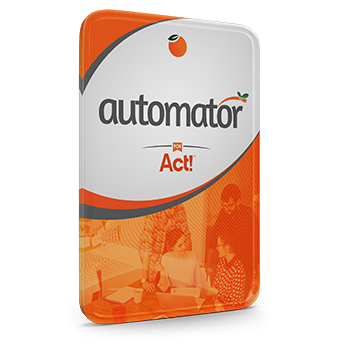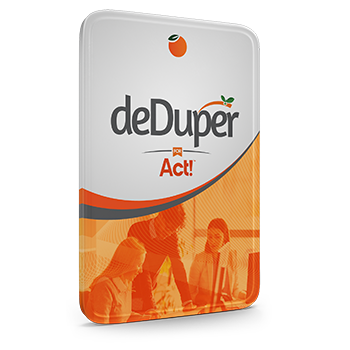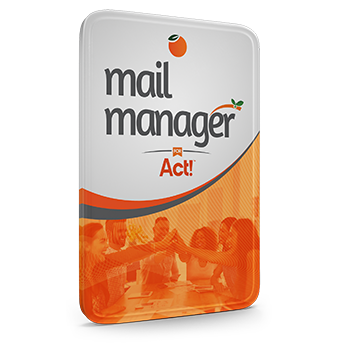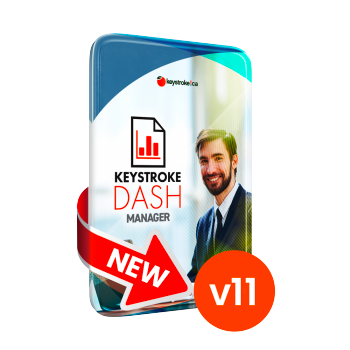Starting in February, Gmail and Yahoo! are making policy changes that may impact email delivery for you. As part of the new policies, if you send more than 5,000 emails per day to Gmail or Yahoo-owned addresses you must set up DMARC authentication for your sending domain, otherwise, your email to these domains may be rejected. Your email-sending domain does not currently have DMARC authentication in place and your email-sending history indicates that these new policies may apply to you.
To avoid impact, you’ll need to:
- Setup DKIM in Act! Marketing Automation
- Setup DMARC for your sending domain via your hosting provider
Setting up DKIM and DMARC authentication for your domain can not only help you comply with these new industry policies but is considered a best practice to protect your sender reputation and improve your email deliverability.
If you have general questions or need help with steps specific to Act! Marketing Automation, call us at 1-833-ACT-BOLD. If you need help setting up DMARC, we highly recommend you contact your domain hosting provider first since the process can differ depending on your provider. If needed, you can also email
Relevant Terminology:
- SPF: SPF prevents spammers from sending unauthorized messages that appear to be from your domain. Set up SPF by publishing an SPF record at your domain. The SPF record for your domain should reference all email senders for your domain. If third-party senders aren't included in your SPF record, messages from these senders are more likely to be marked as spam. Learn how to define your SPF record and add it to your domain.
- DKIM: Turn on DKIM for the domain that sends your email. Receiving servers use DKIM to verify that the domain owner actually sent the message. Learn how to turn on DKIM for your domain.
Sending to personal Gmail accounts requires a DKIM key of 1024 bits or longer. For security reasons, we recommend using a 2048-bit key if your domain provider supports this. Learn more about DKIM key length. - DMARC: DMARC lets you tell receiving servers what to do with messages from your domain that don’t pass SPF or DKIM. Set up DMARC by publishing a DMARC record for your domain. To pass DMARC authentication, messages must be authenticated by SPF and/or DKIM. The authenticating domain must be the same domain that's in the message From: header. Learn how to add a DMARC record at your domain.
We recommend you set up DMARC reports so you can monitor email sent from your domain, or appears to have been sent from your domain. DMARC reports help you identify senders that may be impersonating your domain. Learn more about DMARC reports.
When you set up DMARC, you can then optionally set up BIMI to add your brand logo to messages sent from your domain. Learn how to add your brand logo with BIMI. - ARC: ARC checks the previous authentication status of forwarded messages. If a forwarded message passes SPF or DKIM authentication, but ARC shows it previously failed authentication, Gmail treats the message as unauthenticated. We recommend that senders use ARC authentication, especially if they forward email regularly. Learn more about ARC authentication.




































